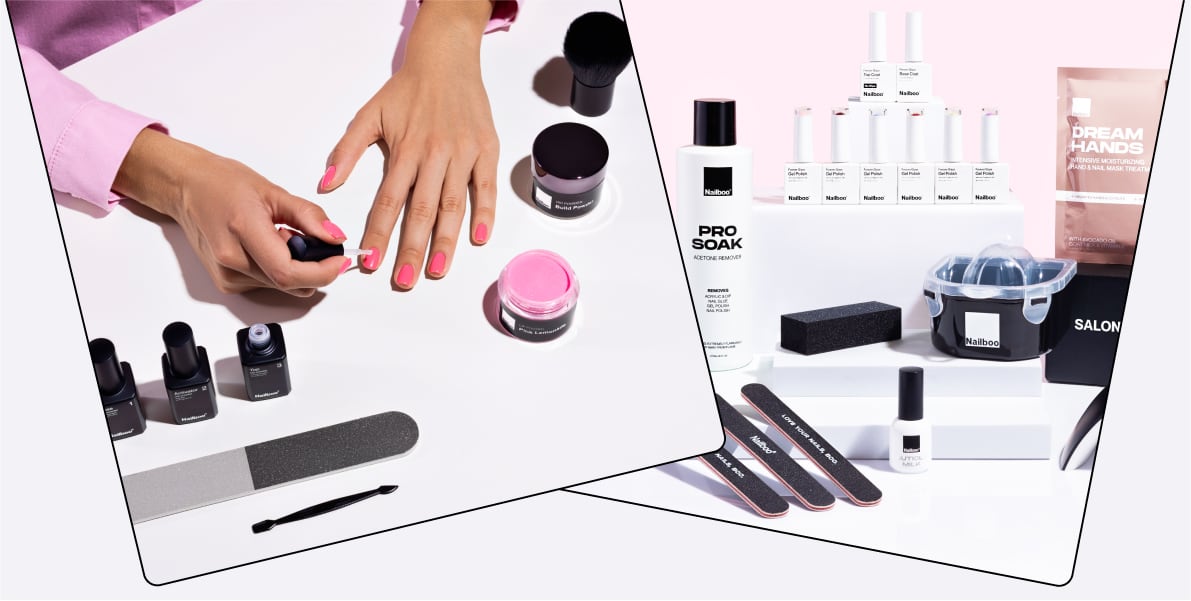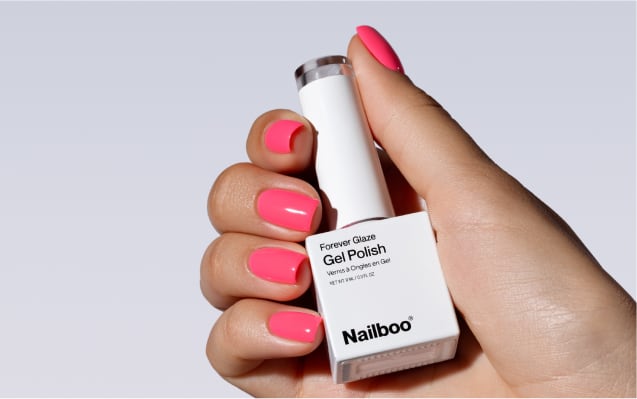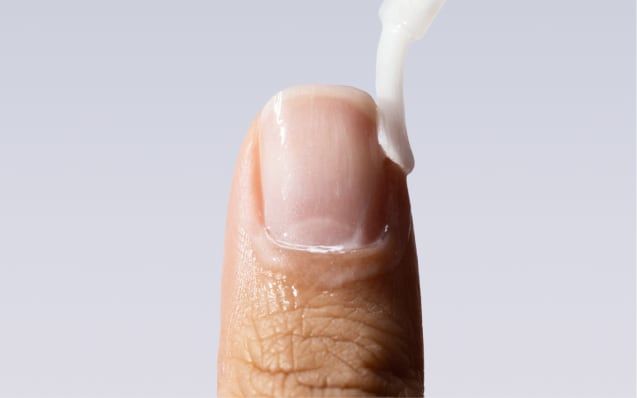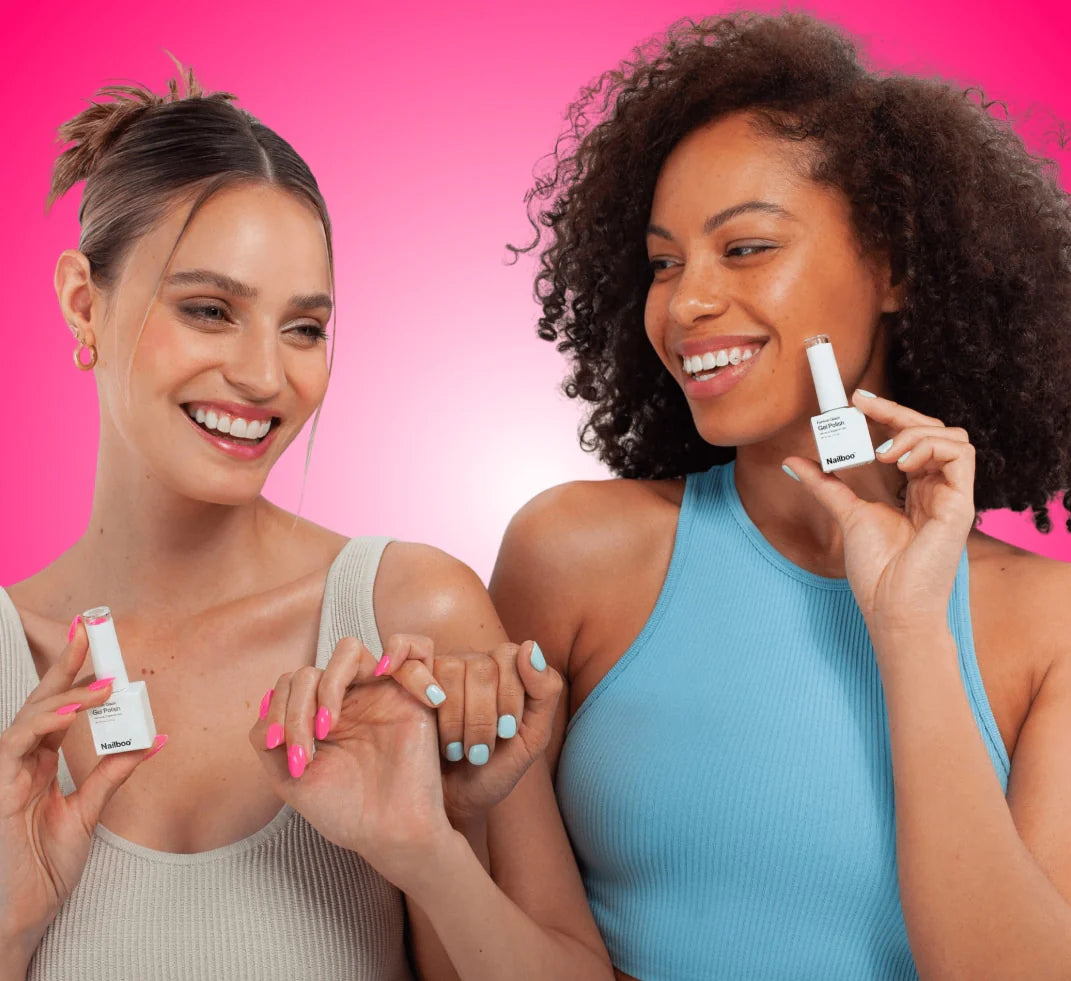Give $10, Get $10

Q & A
Browse answers to common customer questions.
Nail Care
Nail Prep
Tools
Dip Powder
Gel Polish
Gel Strips
Essential Dip Liquids

Begin Your Journey With A Starter Kit
Everything needed for at-home manis.

Salon Quality
Results

A low as
$2.49 per mani

Always on
your schedule
Build Your Kit
Choose from Dip or Gel





